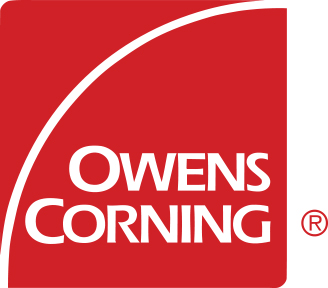Owens Corning 2030 Goals: Reducing Our Environmental Footprint

As a global manufacturer, we know the way we conduct our operations makes a difference. To be a net-positive company, our handprint (the positive impacts of our people and products) must be larger than our footprint (the negative impacts). We’re proud of the progress we’ve made in shrinking the negative impact of our operations, but there’s much more to do.
Environmental Footprint Aspiration: Cut the negative impact of our operations in half.
We’ll compare our progress to where we were in 2018, so that all our progress made to date becomes the new baseline. In some cases, we don’t yet know exactly how we are going to achieve these goals. Significant creativity and innovation will be needed. We will need the help of our employees, our suppliers, our customers, external experts and public policy makers to be successful.
What is clear to us is that the world will be a better place when we make progress on these goals.
Reduce greenhouse gas emissions from our operations by half, in line with what’s needed to limit global warming to 1.5° C. Our target has been validated and approved by the Science-Based Target Initiative.
Switch to 100% renewable electricity.
Purchasing electricity only from renewable sources is a key part of our effort to halve our greenhouse gas emissions. We’ll also work to reduce the emissions from our processes and improve energy efficiency. This will put us on the path to eventually eliminating our use of fossil fuels.
Cut our emissions of volatile organic compounds and fine particulate matter in half.
Cut in half the amount we take from the local water supply in places where scientific methods indicate water is limited in quantity and/or quality.
Send zero waste to landfill by cutting in half the amount of waste we generate and recycling the rest, with the aspiration of eventually becoming “waste-positive” by using more waste in our products and processes than we create (e.g., by using recycled glass to make our fiberglass).
Develop biodiversity goals based on understanding of the full impact of our operations and supply chain on biodiversity by 2025
Our efforts to reduce our environmental footprint are reported in our Annual Sustainability Report.

